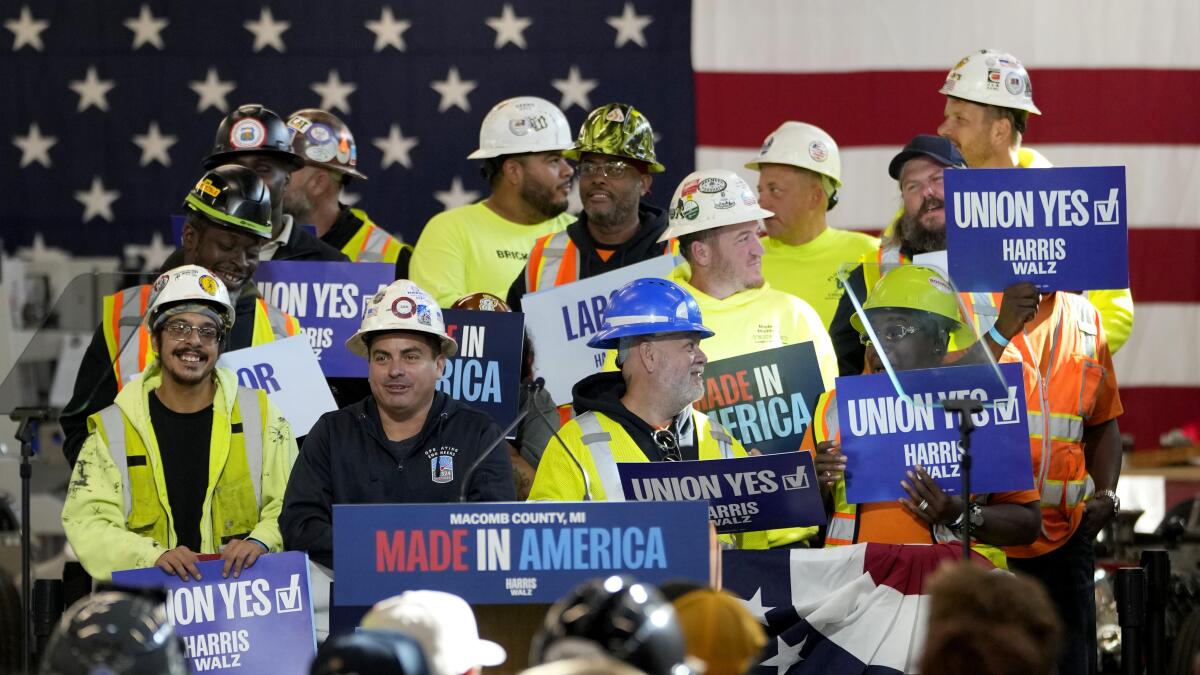Employee mental health and wellness as a subject can be considered as a latest topic. And perhaps it would not be an exaggeration that even now it is not given as much serious concern as it should be.
A normal person spends 40% of his adult life at his professional workplace. And from there he fulfills the all aspirations and needs of his entire life. Undoubtedly, the most stress in every person's life is related to his professional life. And it also directly affects his professional abilities and life.
In 1948, “George Brock Chisholm”, the first Director-General of the World Health Organization (WHO), said, "The world was sick, and the diseases from which it suffered were mainly due to the deformity of man, his inability to live in peace with himself."

George Brock Chisholm was the first person to establish the "World Federation of Mental Health".
Factors affecting mental health
Factors like these are the biggest causes of stress or other health problems of any employee at the workplace.
Impact of mental health and wellness on industrial productivity.
This problem has increased further due to the industrial lockdown during the Covid pandemic, as that period became a big factor for the economic market and a large number of people lost their jobs. Covid lockdown was the biggest reason for depression among employees in 2022.
According to a report by Deloitte, 42% of the depression among employees was due to the Covid pandemic.

According to “World Health Organization (WHO)”, 15% of working-age adults were estimated to have a mental disorder in 2019. Globally, a total of approximately 12 billion work days are lost each year due to employee depression and anxiety, resulting in losses of US$1 trillion per year.
According to another report, the global economic burden due to poor mental health of workers at the workplace was US$2.5 trillion in 2010, which is estimated to increase to US$6.1 trillion by 2030.
According to the “American Psychiatric Association” report, due to the absence of depression or other problems caused by workplace stress in employees, the productivity of the US industry decreases by 35%. This loss of productivity, medical costs of employees and absenteeism cost the US economy $210.5 billion per year. In fact, depressed employees take an average of 31.4 days off from work each year.
Due to poor mental health and well-being issues, the productivity of employees is directly affected. And this directly causes economic loss to the industry. A stress-free working environment increase creativity as well as productivity of employees. And this will directly benefit the industries. But then the industry sees any investment or plan on the mental health of employees as an economic burden. There are no clear guidelines on this subject in many countries.
73% of employees in the US value their mental health. It is looks better than other countries. Its direct impact is also visible on the US economic condition and the innovative potential of the industries.
An estimated 745,000 deaths occur each year from heart disease and stroke. According to the “WHO and the International Labour Organization (ILO)”, the leading causes of heart disease and stroke are long hours of work and workplace stress. Additionally, cases of suicide due to work stress are commonly recoded.
But the irony is that there is no effective independent international ranking index or agency yet. Those conduct surveys the state of mental health of employees on workplace in different regions and countries and the efforts of industries and authorities being made to keep it better. It is not even possible to conduct such a survey in countries like China, North Korea and many other countries.
Symptoms of workplace stress:
How to create Mental-Health-Friendly Workplace
There are many companies that are serious about the mental health and wellness of their workers. Although there is a difference in the ratings of such companies by different rating agencies, but universally all are rated like this and surprisingly all of them are doing well commercially. There are many companies like Unilever, EY, Microsoft, google, Akamai, Barclays, American Airlines that keep making various efforts for the mental health and wellness of their workers and who have a clear action plan.
The “World Health Organization (WHO)” has given clear guidelines for a stress-free and worker wellness work environment.
If workers work in a stress-free environment, they are able to give their 100%. The mental health and wellness of workers is directly related to their creativity and productivity. And if workers are working to their full potential and creativity, the productivity of the industry also increases. The chances of accidents also decrease in a stress-free environment.

